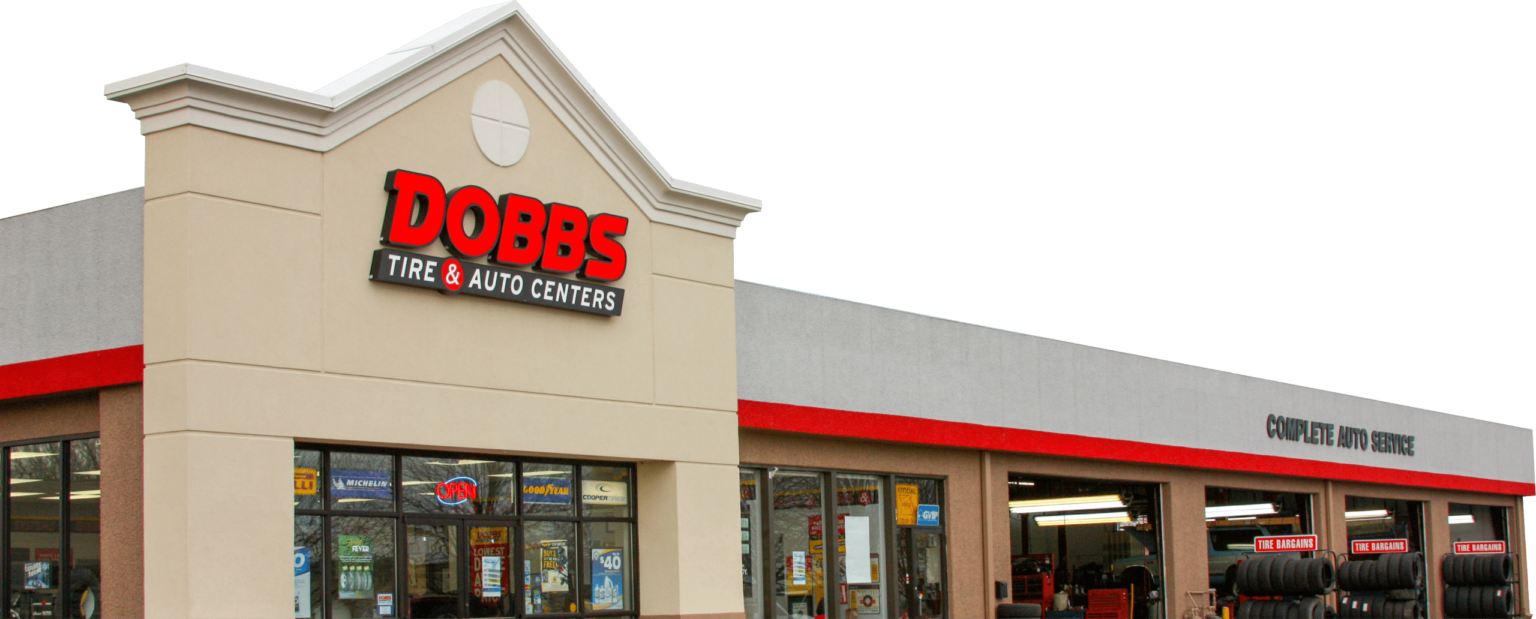CV Axles
What are CV Axles?
The torque to move the typical front-wheel drive (FWD) is produced in the engine, stepped up through the transmission, and then transmitted to the wheels via the differential and CV axles. Front-engine rear-wheel drive (RWD) vehicles have a driveshaft for the rear differential and axles. Four-wheel drive (4WD) and all-wheel drive (AWD) vehicles also have a second differential, drive shaft, and axles to transmit power to the other wheels. Transmitting power in a straight line is a simple matter, but suspension and steering movement require drive shafts and axles to be flexible. U-joints and CV axles allow for movement and power transmission.
Because driveshaft angles vary little, just a few degrees, U-joints are typically used for this purpose – older 4WD vehicles used U-joints on the front axles as well. However, because the steering wheels on front-wheel drive vehicles turn through a much greater range, up to 52 °, constant velocity (CV) joints are used. Modern FWD vehicles use CV axles to drive the front wheels, and modern independent-suspension RWD and AWD vehicles may use CV axles to drive the rear wheels.
At each end of a CV axle is a CV joint, and there are two main types used – Rzeppa and Spicer. These are filled with grease for lubrication, and covered by a flexible plastic or rubber boot. The CV boot keeps the grease in and water and other contaminants out of the joint. If the boot is intact, CV joints can last upwards of 100,000 miles.
Why are CV Axles Important?
The main difference between U-joints and CV-joints is how they transmit power during their rotation. As U-joints rotate, the speed of the output shaft varies in each revolution – as the angle increases, the rotational velocity swings higher and lower cyclically, leading to poor power transmission, unwanted vibration, and joint stress. CV axles, on the other hand, eliminate this cycle, eliminating power losses and vibrations, whatever the speed or angle.
CV axles are engineered to last upwards of 100,000 miles, but there are other factors that may reduce the life of a CV joint. Torn CV boots are the most common problem, allowing grease to leak out and water and dirt to enter the joint. Once compromised, CV joint life expectancy drops dramatically. A worn CV joint may make clicking noises while turning or vibrate while driving at certain speeds, usually worsening at higher speeds. A worn CV axle could break, leaving you stranded.
What can Dobbs Tire & Auto Centers Do for You?
Your regular maintenance visit is the perfect time to inspect CV axles. While the car is in the air for servicing, the CV axles are fully exposed, so it’s easy for one of our technicians to recognize a torn CV boot or loose CV joint. Torn CV boots should be replaced, and the joint cleaned and lubricated, before contamination damages the joint, and Dobbs Tire & Auto Centers technicians have the tools and training to get your CV axles back in prime shape. If the damage is already done, resulting in clicking, vibration, or breakage, replacing a CV joint may be possible without removing the CV axle from the vehicle. With 43 locations in the St. Louis area, a CV axle inspection isn’t very far away.
“You Can Depend on Dobbs” – Dobbs Tire & Auto Centers, Home of the Fixed Forever Service Warranty. Locally and Family Owned Since 1976
